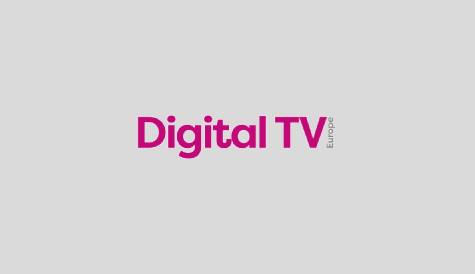Strength of linear and lack of business model still a hurdle for OTT
Anthony Rose, chief technology officer of the YouView connected TV project (formerly known as Canvas), speaking at an event on Mashup TV, Pay TV, Over The Top (OTT) TV and DLNA Where is the future for Multiscreen? in London yesterday, said that broadcasters had to work harder to bring viewers to their services as they migrated from linear to on-demand viewing. Despite the fact that there will be about three million devices in the UK market that can support the BBC iPlayer catch-up service by Christmas, said Rose, iPlayer viewing was still only 3-4% of linear viewing.
ÂiPlayer, for all its popularity, is only 3-4% of linear, said Rose. ÂPeople are used to linear  itÂs on TV and itÂs live. Who creates demand? ItÂs the scheduler. As you move to VOD you have to work a bit harder. He said companies including Google and Apple would we unwise to deny the existence and appeal of linear TV. ÂSoon everyone will have aâ¦TV with IP and VOD built in, but I believe the move to VOD will be much slower, said Rose. ÂSilicon Valley kids deny the existing way of doing things. However, he cautioned, broadcasters would face a challenge as the habits of younger people lead inexorably towards a tipping point in media consumption. ÂThe challenge for broadcasters is that while getting new ways to consume TV is the goal, it becomes a disruptive force, he said. ÂThe same things that drive you to engage with the TV today will no longer drive you to engage with it and then things will change.Â
YouView, said Rose, would go some way to answer this by offering apps at the bottom of the screen to enable social interaction via social networks, with friends supplying recommendations that could drive viewers towards on-demand.
Casey Harwood, senior vice-president, Turner Europe, speaking at the same event, said it was important for the various players in the chain not to Âdegrade the economics of the industryÂ, given that the existing system of licensing pay-TV and free-TV rights was working well. ÂI do not necessarily see that a packet-based future of content sold piece by piece is good news for any of us, said Harwood. He said he believed the pay-TV model still offered the best prospects for content providers. ÂWithout pay-TV funding, itÂs difficult to see where [the money will] come from. TV has a more defensible model  we own the rights to our content and do not have to do anything we donÂt want to do. People will be prepared to pay for quality.Â
Harwood said he believed that migration to on-demand would be relatively slow. ÂLetÂs not assume that consumer know too much about technology. ÂPlug-and-play usually means a half-hour on the floor with a screwdriver. IÂm all for progressive technology but progress tends to be incremental.Â
David Mercer, vice-president and principal analyst at Strategy Analytics, said that research showed that 45% of people still viewed the TV as their Âpreferred deviceÂ, compared to 42% for the PC. However, for those aged under 30, the picture was significantly different. He said that the phenomenon of Âcord-cutting  of cancelling pay-TV subscriptions in favour of over-the-top service offerings  currently worrying US cable operators, had less appeal to UK viewers currently, with about 13% thinking of cancelling their service over the next year.

